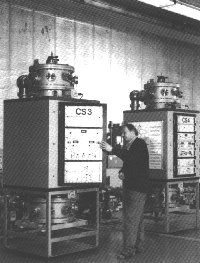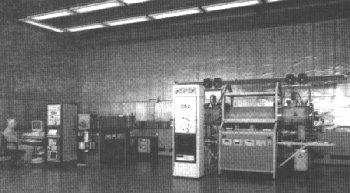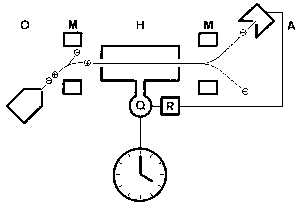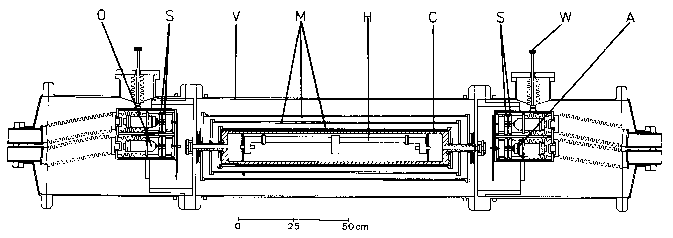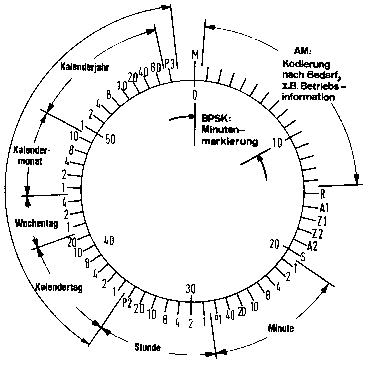 | Coding schema:
|
| M | minute marker (0,1 s) |
|---|
| R | second marker No. 15 has a duration of 0,2 s when the standby antenna is used |
|---|
| A1 | announcement of a forthcoming change from CET to CEST or vice versa |
|---|
| Z1, Z2 | zone time bits |
|---|
| A2 | announcement of a leap second |
|---|
| S | starting bit of the coded time information (0,2 s) |
|---|
| P1-P3 | parity check bits |
|---|
The second markers No. 17 and 18 indicate the time system to which the transmitted time information is related. When CET is transmitted, the second marker No. 18 is extended to 0,2 s; the second marker No. 17 has a duration of 0,1 s. When CEST is emitted, this order is reversed.

